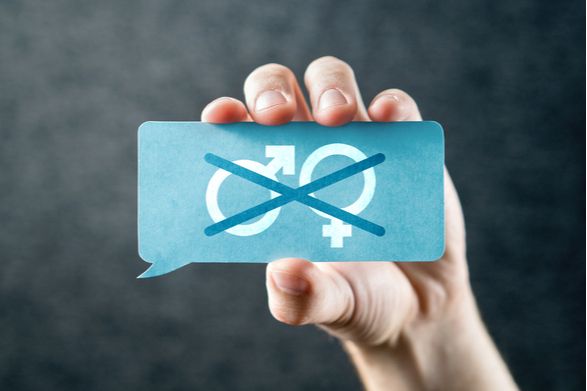On Monday evening, feminist legal icon Justice Ruth Bader Ginsburg repeated her view that advocates for Equal Rights Amendment, among whom she counts herself an enthusiastic member, have to start from the beginning in the ratification process.
Despite even Ginsburg’s misgivings, on Thursday, the House will vote on the question of reviving the defunct and ruinous ERA. If they choose to remove the long past-due deadline on the amendment’s ratification, they will not only be endorsing an illegitimate process that makes a mockery of Article V, but ushering in an era of enforced sex interchangeability.
If you thought that the ERA was tossed in the trash heap of history by conservative activist Phyllis Schlafly back in the 1970s, you’re not alone. Activists once achieved the approval of 35 states, the required two-thirds from Congress, and the endorsements of both political party platforms. Schlafly reversed the tide by pointing out the hundreds of ways the law takes into account the real differences between men and women—distinctions upon which women rely, sometimes even for their bodily safety.
As the radical consequences of the ERA were revealed, the American public pulled back, and five states even rescinded their ratifications or allowed them to sunset. But based on a novel legal theory originating with a law student’s paper, ERA proponents are claiming that the three modern ratifications in Nevada, Illinois, and most recently Virginia can be counted alongside the 35 from half a century ago. If they convince the Senate (and courts) to endorse the amendment, the results could be disastrous for women, as well as for the constitutional order.
Men and women are already equal under the law in the United States, but our current doctrine doesn’t demand that we treat the sexes identically in every circumstance. It allows for the common sense distinctions that hundreds, if not thousands, of laws recognize as necessary for women’s safety or comfort.
Public school restrooms and locker rooms remain for the most part sex-specific, as do women’s and men’s sports teams in public universities. To the extent that transgender students are controversially allowed to flout that bifurcation, they at least represent a tiny percentage of exceptions. The ERA could make all public women-only spaces, dormitories, and teams completely co-ed, relieving mediocrely talented male athletes and typical 15-year-old boys of the burden of having to claim to be transgender to blow female competitors out of the water and hang out in the ladies’ showers.
Further, any female- or male-specific program that receives government grants could be at risk. Say farewell to battered women’s shelters and girls’ STEM or coding courses. And of course, Schlafly’s most potent warning about drafting America’s daughters into combat alongside her sons remains a likely consequence of ratification.
These are just the obvious consequences of a strict sameness regime between men and women. If a differently composed Supreme Court of the future decided to import analysis that is currently used under Title VII civil rights law with regard to race, the “disparate impact” doctrine could be applied to any differing average outcomes between men and women.
Under the ERA, it will not matter that such differing outcomes can be shown, as with the so-called “wage gap,” to be due to the free choices of women. The sweeping language of the ERA provides a practically endless number of potential legal hooks for gender-bending social engineering from the bench.
By declaring all men equal—by which, contra the revisionist history popular today, they meant all of mankind, not just those with testicles—the Founders did not intend to introduce a strict interchangeability of every individual or social category.
American women today are succeeding by every available measure. We are experiencing the lowest female unemployment rates since the 1950s, and women make up not only the lion’s share of those earning higher degrees but also the majority of the voting electorate in nearly every recent election.
But the sexes remain profoundly different biologically, neurologically, and psychologically, and we should not expect identical outcomes in a free society or interchangeable treatment in every single circumstance. The ERA would not add to women’s equality or protections, but rob us of the right to be considered a distinct legal category.
If it chooses to strip the deadline and move the ERA forward, the House will be moving us closer to a future where the law is unable to distinguish between men and women, to the detriment of both.


